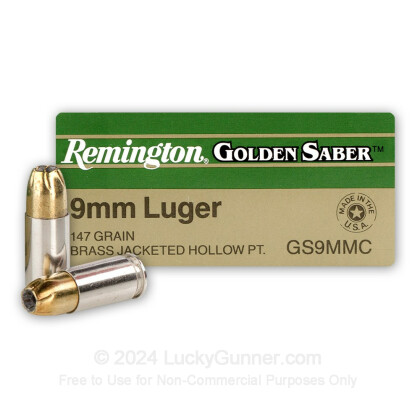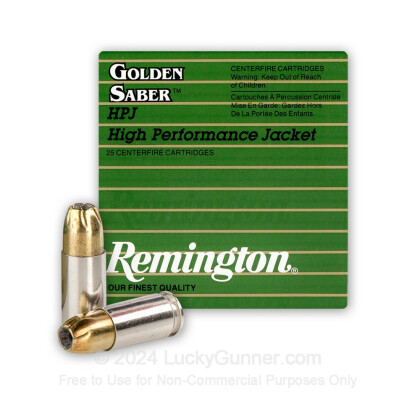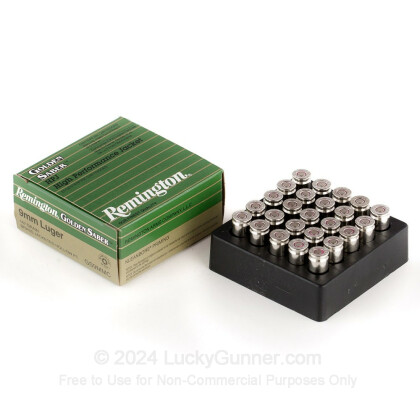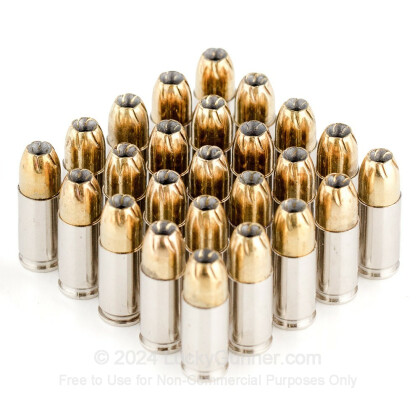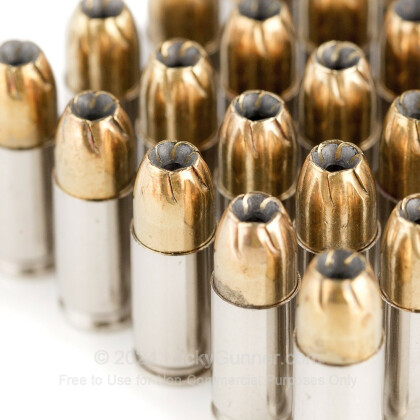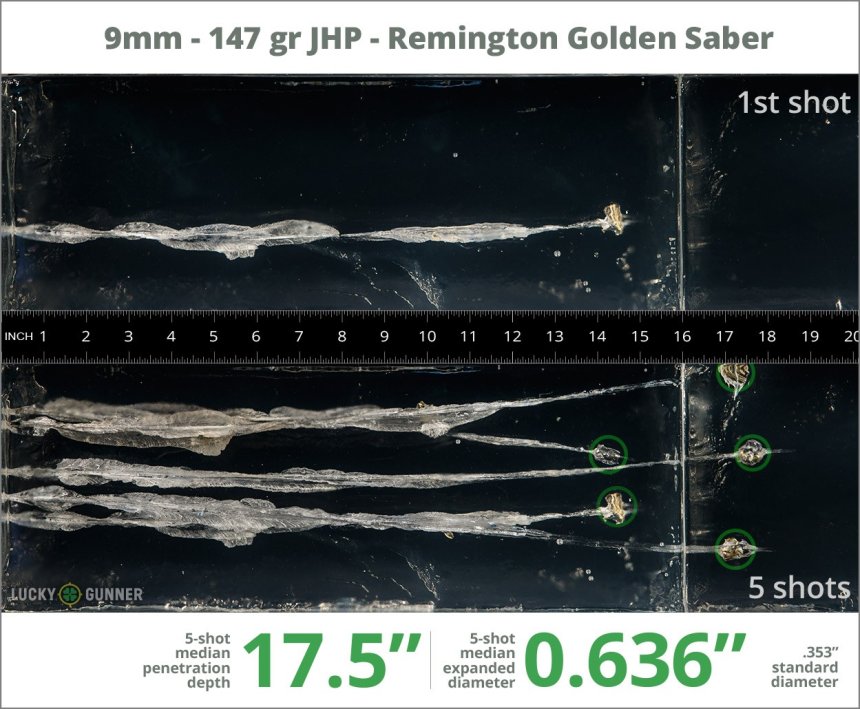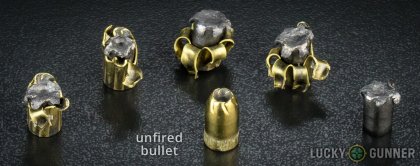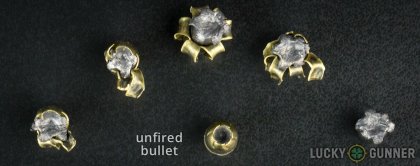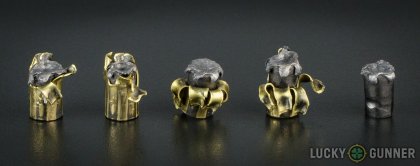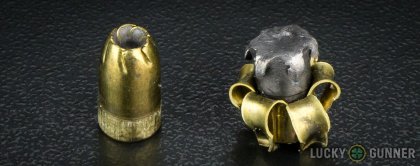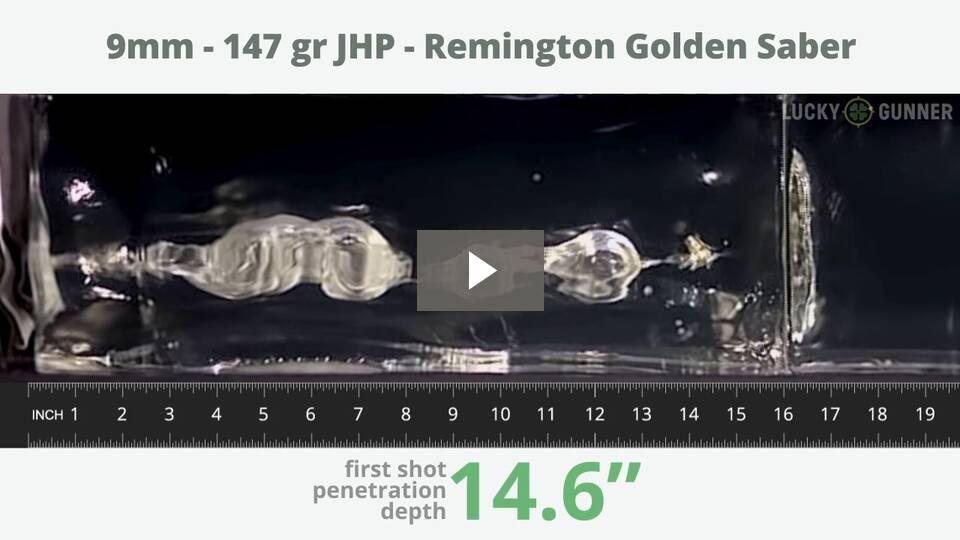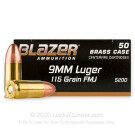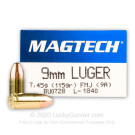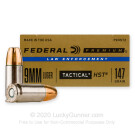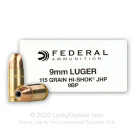Ask a Question
Our customer service team has published this Q&A information as a free service to the shooting community.
Please note that LuckyGunner.com expressly disclaims any and all liability with regard to how the shooting community
might use this Q&A information. See Terms of Use for more details.
Posted On: 2/23/2014
By: Brian Morrissey
A: Great question Brian! I wish there was a definitive "best practices" type answer I could give you but it really comes down to your personal preference. I know a lot of Glock owners who have upgraded their spring to a heavier recoil version and they're suffering when they go to shoot lighter loads because they don't have enough energy to operate the locked breach. My personal feeling is if you're convinced 147 gr. is all you're going to shoot in your Glock, go for it and make the change. If you're thinking you'll still fire the occasional 124, 115 gr., or lighter load then I'd stick with your factory spring.
Posted On: 4/24/2013
By: ronald
A: While a "grain" is used as a measurement for the weight of a bullet, a shooter will notice little differences in the grain variation between the 9mm's two most popular grains: 115 and 124. This 147 grain is the heaviest popular 9mm round. Most manufacturers load their 147 grain ammo as subsonic which adds the ultimate quiet effect for suppressed shooting.
A higher grain may result in a lower velocity, though the size of the bullet will make up for this in a defensive situation. Most defensive ammo in 9mm will be found in 115, 124 or 147 grain. There are a few higher velocity rounds that are made around the 100 grain weight, though this may not produce enough recoil for larger framed pistols to cycle correctly.

